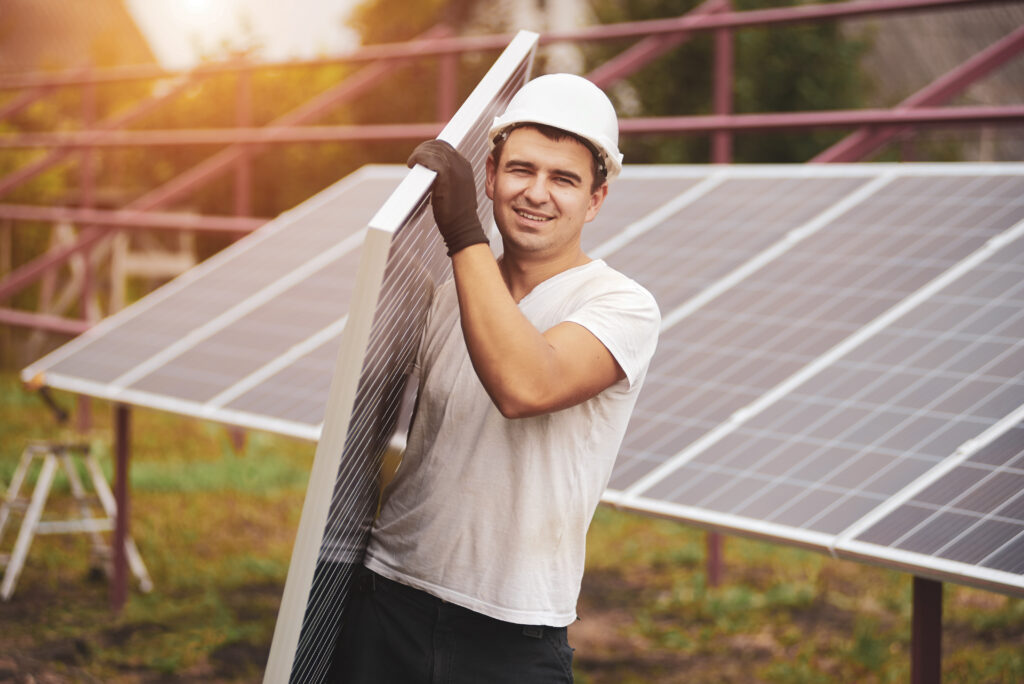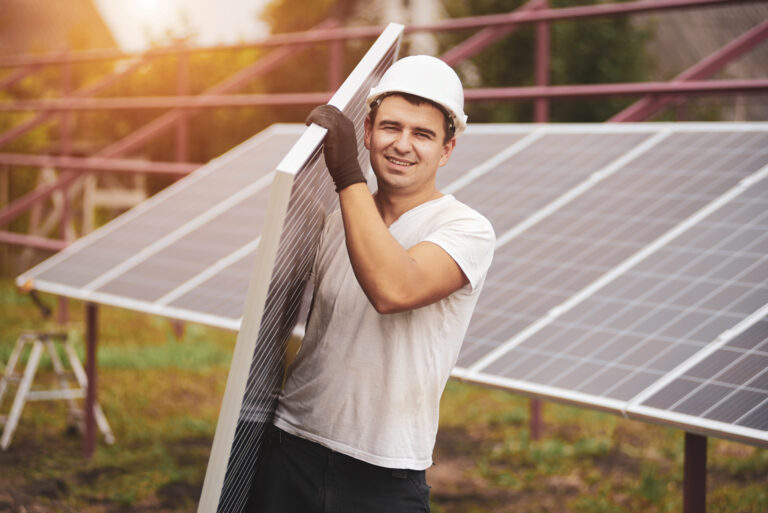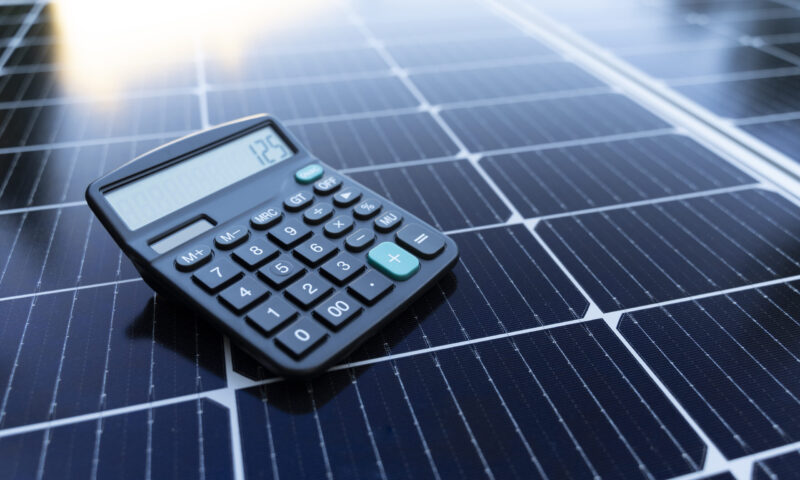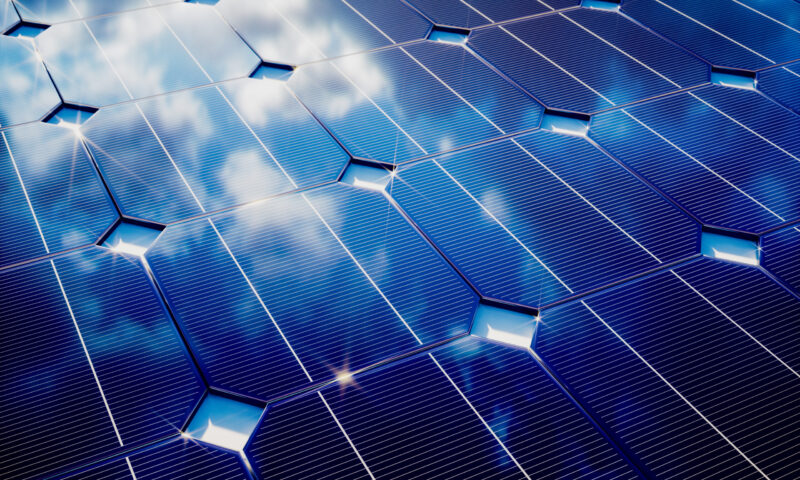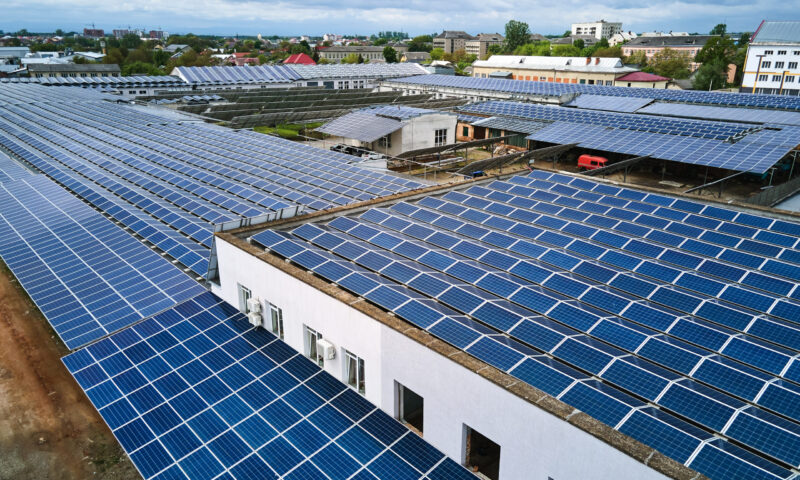First of all, it involves allocating a large area of land for investment, which not everyone has access to, and which, unlike the roof area, is difficult to part with, especially in the case of carefully landscaped gardens. And since we are talking about gardens – it is also important to find a place that will be as shaded as possible, which is why it is often necessary to cut down nearby trees, which in the future will also contribute to increased dust on the panels, and falling leaves or needles will significantly reduce cell potential. It is also important for the aesthetics of the plot – the installation cannot be pushed into the background, because due to the distance of fences or neighboring plantings and buildings, it often occupies the central part of the area. So this is definitely not a solution for small yards.
Unfortunately, installing panels on the ground is also slightly more expensive. This is due to the need to install corrosion-resistant galvanized steel frames on which the PV cells will rest. Panels on a flat roof are also installed in a similar way. We have already written about methods of installation on various surfaces. We encourage you to read this article.
The disadvantages are actually a cosmetic matter, so if we want to install photovoltaics, and for various reasons we cannot mount the installation on the roof of a house, garage or other outbuilding, installation on the ground is, of course, an ideal solution also due to the possibility of optimizing the yields. However, this is not a solution for aesthetes, which for some may be a value in itself that will outweigh the undeniable advantages of such an investment. The choice of installation method is always the responsibility of the investor, but if you have any doubts, contact a specialist to choose the best solution for you and your home.
